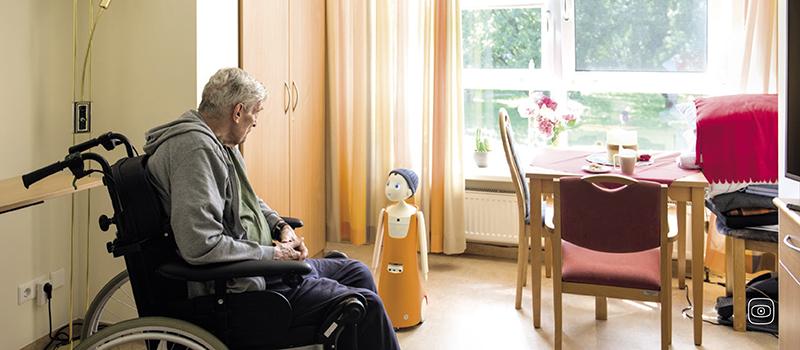As societies age rapidly, the emotional and social dimensions of this demographic shift remain underestimated, turning what was once seen as a private burden into a structural challenge.
This cross-border investigation examines not only the roots of loneliness – demographic change, shrinking families, fragmented communities, and overstretched health systems – but also how different European countries are responding with innovative solutions. In the Czech Republic, for example, libraries have become unexpected hubs of connection, providing seniors with cultural and educational opportunities that also foster friendships. Italy is piloting telephone companionship services and cohousing projects to counter some of the highest isolation levels in Europe. In Lithuania, day care centres are creating spaces for daily interaction, activities, and social contact in otherwise fragmented communities.
In Austria, a Community Nursing programme is testing how trained nurses can act as local health coordinators – visiting people at home, supporting them with bureaucracy, daily challenges or health issues, and organising workshops or outdoor activities. Germany, meanwhile, is exploring technology-based solutions such as social robots and conversational AI to provide stimulation and companionship in elderly care.
Together, these diverse approaches highlight both the scale of the problem and the potential for solutions. Across Europe, new models are emerging that demonstrate ageing does not have to go hand in hand with loneliness.
Image by Charlotte Sattler, Loneliness in Old Age














